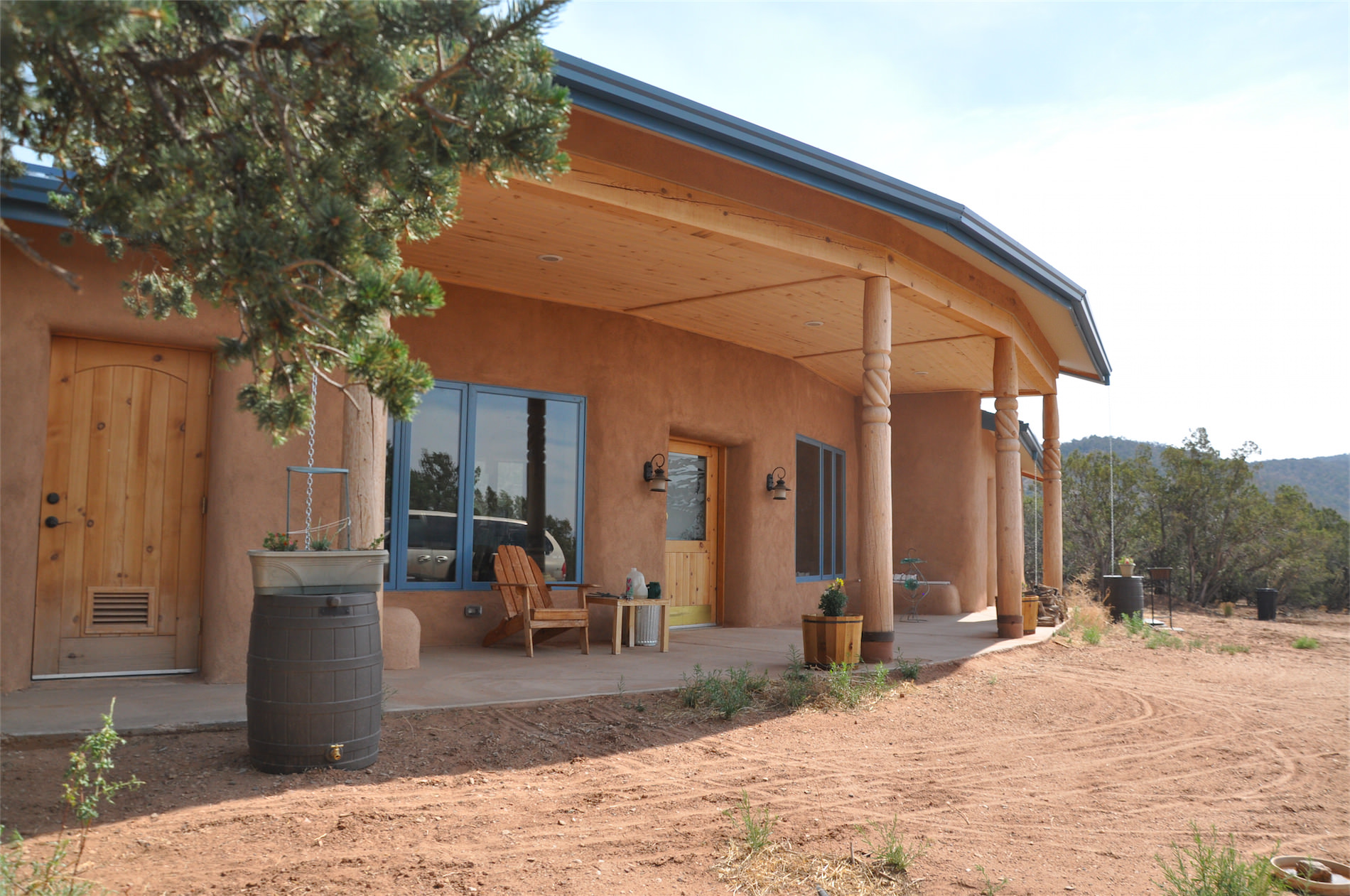When I was a child, it was normal for me to get home from school and simply drop my schoolbag and go outside to play for “a while” (time stretches at that age, so one hour can seem to be three, and the summers lasted for about ten years and were always sunny) before being called back for dinner. I would run off to play in “the trees,” our local area of grass and tree land. My house backed onto farmland accessible by a bridle path (and the horses would still occasionally bear down on unsuspecting walkers, to our childish delight). My family worked for a local landowner, so it was not unusual for me to create adventures in unused cowsheds or around decommissioned farm equipment and old barns. I was out of sight from my parents, in a world of my own creation. I was surrounded by nature and in the fresh air and sunshine.
 This does not seem to happen much anymore. Children no longer allow their minds to create worlds inspired by the lush greenness (or whatever natural landscape may be their own) surrounding them. The reasons for this are manifold; safety concerns of the parent for the child, increased pressure and workload from school, the growth of urban settlements reducing access to nature, even the nature of those urbanizations making community a thing of the past, all create a social situation in which it is rare for a child to have the freedom simply to play outside.
This does not seem to happen much anymore. Children no longer allow their minds to create worlds inspired by the lush greenness (or whatever natural landscape may be their own) surrounding them. The reasons for this are manifold; safety concerns of the parent for the child, increased pressure and workload from school, the growth of urban settlements reducing access to nature, even the nature of those urbanizations making community a thing of the past, all create a social situation in which it is rare for a child to have the freedom simply to play outside.
The rapid expansion of technological entertainment available to children has also contributed to the insular experience of childhood they now have. Three decades ago, there was no Internet, there were no computer games (I still remember my family’s excitement when we got our first Atari console, which plugged into the television and displayed the tennis game “Pong”), and our memories now are of halcyon days of sunshine and safety. To entertain myself I would either read or play, and playing involved the outdoors. I was lucky enough to have a large garden in which I could disappear for hours. Although I was not allowed to roam free from the property boundaries, I could enjoy the nature within those fences.
Increasingly the current economic crisis means both parents have to work, and with single parent families on the rise, there are fewer stay-at-home parents able to supervise their children. The end result of this means that it reduces the amount of time a child can play outside. It is now more common for a child to be involved in organized activities, through school or community, the majority of which take place indoors. Groups such as the Boy Scouts and the Girl Scouts of America do organize outdoor activities, and the popular summer camps throughout the United States also provide many opportunities to the young to be outside. Such organizations, however, are not accessible to the majority of people and are sporadic in outdoor activity.
The Price Children Pay for Not Spending Time Outdoors
The outdoors is such a vital place for a child to be. The lack of access has serious consequences that are far-reaching and long-term. Childhood obesity is now said to be reaching epic proportions. According to the Center for Disease Control and Prevention, “the levels of childhood obesity have more than tripled in thirty years.” In 1980, only 7 percent of middle-school children and 5 percent of adolescents were obese. By 2008, 18 percent of adolescents were obese, and for middle-schoolers, the level had reached almost 20 percent.
Lack of access to outside activity is detrimental to nutrition levels in our bodies. Exposure to the sun is almost the only way in which the body can receive vital supplies of vitamin D. Vitamin D is essential to healthy bone development; the lack of vitamin D leads to the development of rickets and in the long-term causes high blood pressure and cholesterol. The National Health & Nutrition Examination Survey conducted over four years between 2001 and 2004 found that 61 percent of children and adolescents had insufficient levels of vitamin D in their system, and an additional 9 percent had deficient levels, putting them at risk for heart disease and bone malformation. As reported by Medical News Today, these levels were particularly associated with children who spent long periods of time on computer games or in front of the television.
A fear of being exposed to too much sunshine, of causing damage to one’s skin and of cosmetic and medical consequences, has also reduced the amount of time children and adults are out in the open. When in nature, often there is a lack of interaction; barriers of sunscreen and shade prevent a real connection occurring and limit the extent to which play happens. In order to get a sufficient amount of vitamin D, one need only be exposed to the sun for fifteen to twenty minutes a day; once that has happened, sunscreen, and a hat and sunshades for the hottest part of the day between noon and 2 p.m. is sufficient protection.
An inside lifestyle is also a sedentary lifestyle (unless you are fortunate enough to have a home gymnasium or room enough to exercise indoors, should you have the self-discipline to have a regular home exercise regimen). This negatively impacts one’s health. The modern child has access to high-tech gaming and equipment that simply did not exist even as little as ten years ago. It is not unusual for a child to spend up to six hours a day in front of a screen, be it television, computer, hand-held game, or cell phone. The American Academy of Child & Adolescent Psychiatry found that the average child spends three to four hours a day watching television, and that this has a significant harmful effect on the mental and physical health of children.
The Media Doesn’t Help
One might think from the media that children are at ever increasing risk from criminals if they venture outside the home, but in fact the opposite is true. Statistically children are safer from crime nowadays than they were twenty, thirty, or forty years ago. Increased accessibility to information has helped create a climate of fear, which prevents children, and even adults, from venturing outside of the home. The desire to protect the child is understandable and even laudable, but is based on false and/or exaggerated information and is now causing more problems than it is resolving.
Not everyone has access to the great outdoors, but imagination and play can take place anywhere. Being exposed to sunshine to reap the health benefits, playing with friends, and allowing one’s imagination to take flight helps a child learn to interact, helps maintain a healthy body and mind, and builds up reserves of vitamins, minerals, and energy that will allow the child to grow strong and independent.
Off-the-grid living means you are already a step ahead in protecting yourself from the negative consequences of an inside lifestyle. Those considering adapting to an off-the-grid lifestyle may not be aware of how great the outdoors truly are. Get your child involved in gardening, growing the vegetables and, if you have any, tending the animals. Allow them the freedom to roam, building a healthy body and mind, and join them in their play if you can. For those still in urban areas, perhaps teaming up with fellow parents to arrange outdoor play dates might help. Limit screen time. There are ways and means of enjoying the outdoors, and the benefits of doing so are proven. I can often be found with my camera outdoors, enjoying the sun and seeing what I can see. I hope you too will find your way into the great outdoors.
©2012 Off the Grid News











